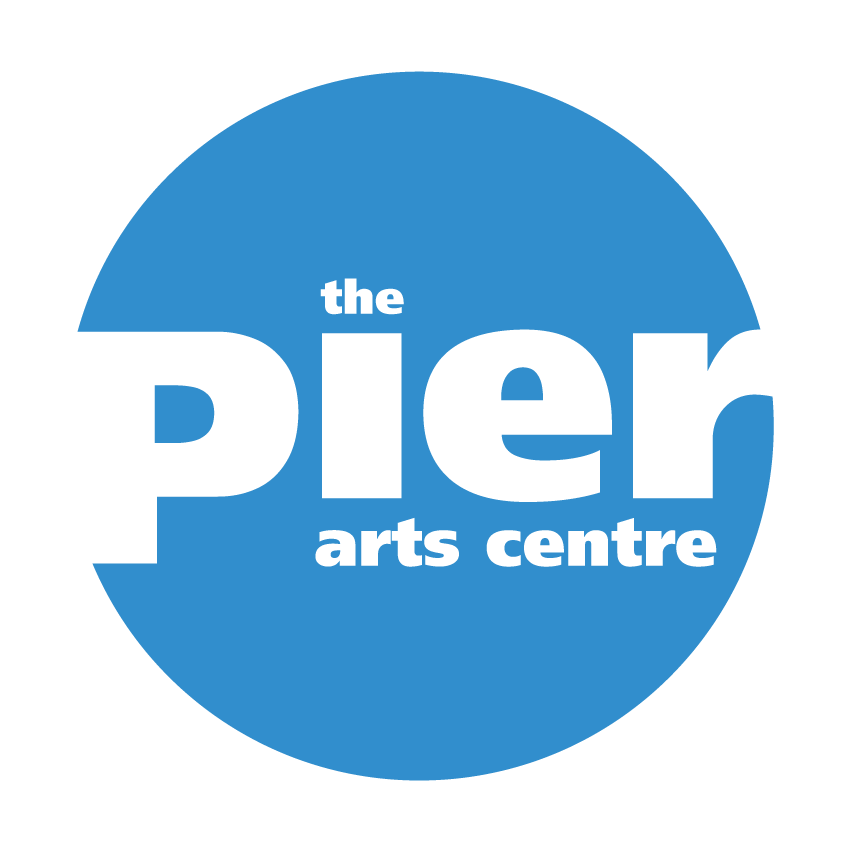Voice and Vision: The Poetry and Art of W.S. Graham
By David Nowell Smith
As we reach the centenary of W.S. Graham (1918-1986), his reputation as one of the great poets of the twentieth century seems assured. But there was another side to this incredible creative spirit—a visual oeuvre that has never before been shown.
W.S. Graham detail Malcolm Mooney’s Land, 1966 Reproduced by permission of the Special Collections at the McPherson Library, University of Victoria, BC, Canada
© the estate of W.S. Graham
Graham spent his life surrounded by painters. In his early 20s, he was a central figure in a vibrant community of artists congregated around Sandyford Place in Glasgow: the Polish émigré surrealist Jankel Adler had fled the Nazis and made his home in Scotland, and many young Scottish painters were drawn to him—including graduates of the Glasgow School of Art such as ‘the two Roberts’, Colquhoun and MacBryde, who would become significant figures in mid-century British painting, and a third Robert, Robert Frame, who would provide images for Graham’s first volume, Cage Without Grievance (1942). In London, Colquhoun and MacBryde introduced him to other neo-Romantic painters and artists, including John Minton and Dylan Thomas, but it was in Cornwall, where Graham lived off and on from 1943, settling for good in 1955, that Graham’s most abiding engagement with visual arts took place. Graham’s elegies to Roger Hilton, Peter Lanyon, Alfred Wallis and Bryan Wynter are among the most celebrated lyrics of the twentieth century; he was also a friend and interlocutor to fellow Scot Wilhelmina Barns-Graham, to Sven Berlin, Terry Frost, Alan Lowndes, Bryan Wynter—as well as Margaret Gardiner, founder of Pier Arts Centre.
W.S. Graham Tin Mine watercolour, on loan from private collection © the estate of W.S. Graham
But Graham was more than a friend to these artists: he was a visual creator in his own right. Growing up by the shipyards at Greenock, Clydeside, when he left school he was apprenticed as a draughtsman for a shipbuilding company. Later he would produce meticulous calligraphic copies of his poems, and even abstract works drawing on calligraphy. Then, in 1949, on the advice of Sven Berlin, he took up what he called ‘automatic drawing’ as an exercise for channeling his creativity. From then on, his notebooks were filled with sketches: portraits, abstracts, doodles, and drawings of two distinctive features of the environment in West Cornwall: fishing boats and tin mines.
Graham would produce visual work on any materials he had to hand. As he was very poor for most of his lifetime, this could include the hardback covers of books, blank postcards, scrap paper… even the wall of his bedroom. In particular, his visual imagination is present in his letters to friends: sometimes these are ornately decorated, whereas on other occasions automatic drawings and sketches of new poems replace the body of the letter entirely.
pages from W.S. Graham notebook, Special Collections and University Archives, University of Victoria Libraries
© the estate of W.S. Graham
Graham was a central figure in Cornwall for almost 43 years, from that first winter spent in Germoe until his death, in Madron, in January 1986. The four decades of his association with the area and its artists was longer than many of the artists synonymous with the ‘St Ives School’—Ben Nicholson, Barbara Hepworth, Bryan Wynter, Roger Hilton. During this time he produced one of the most distinctive bodies of work of any poet of the twentieth century; he also left behind a visual oeuvre no less distinctive, a fascinating but little known episode in the history of modern British art.
Voice and Vision: The Poetry and Art of W.S. Graham curated by David Nowell Smith of the University of East Anglia on display at the Pier Arts Centre 22 September - 10 November 2018



